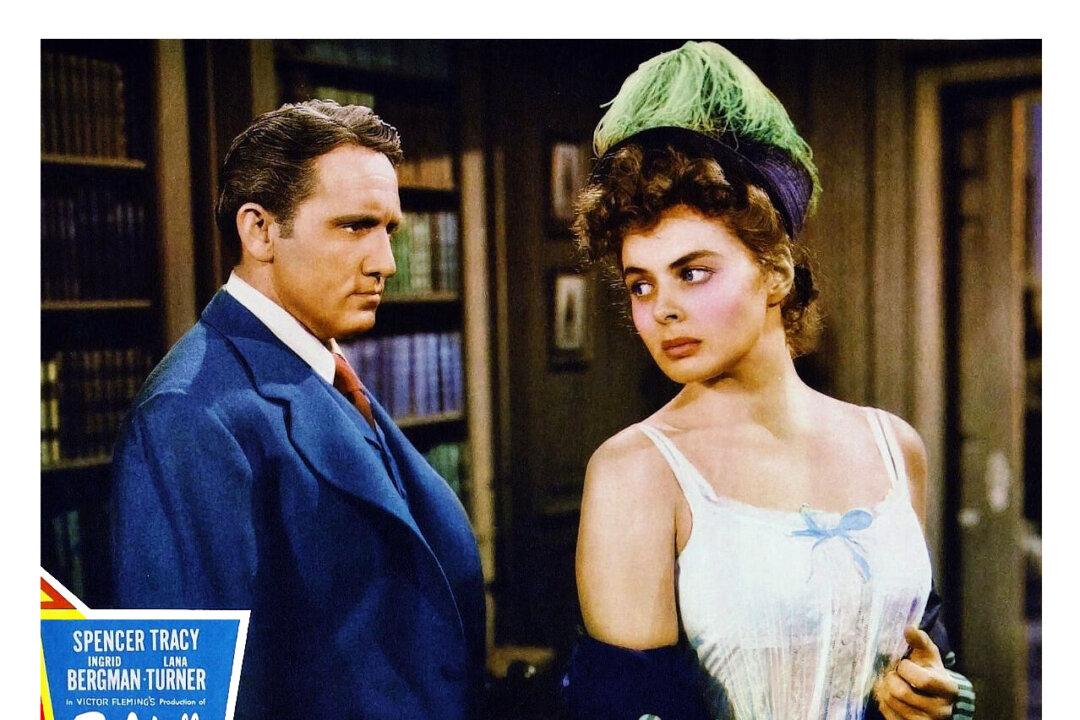Halloween has now passed, and with it many horror film screenings. Although this movie genre began in the late 19th century, the term “horror” wasn’t actually applied to motion pictures until the 1930s, when Universal Pictures’ profitable streak of monster movies firmly established American horror films. Then in 1934, the Motion Picture Production Code sent Frankenstein, Dracula, and their fiendish friends back to their coffins.
While the 1934 Code, or rather the Production Code Administration’s (PCA) enforcement of the Code, didn’t ban horror films, it slowed down their output by insisting that violence be minimal and evil be punished. As a result, most ensuing horror films were subtle. Violence could be implied, but the lurid raciness in earlier horror stories was removed from Code remakes and sequels.






